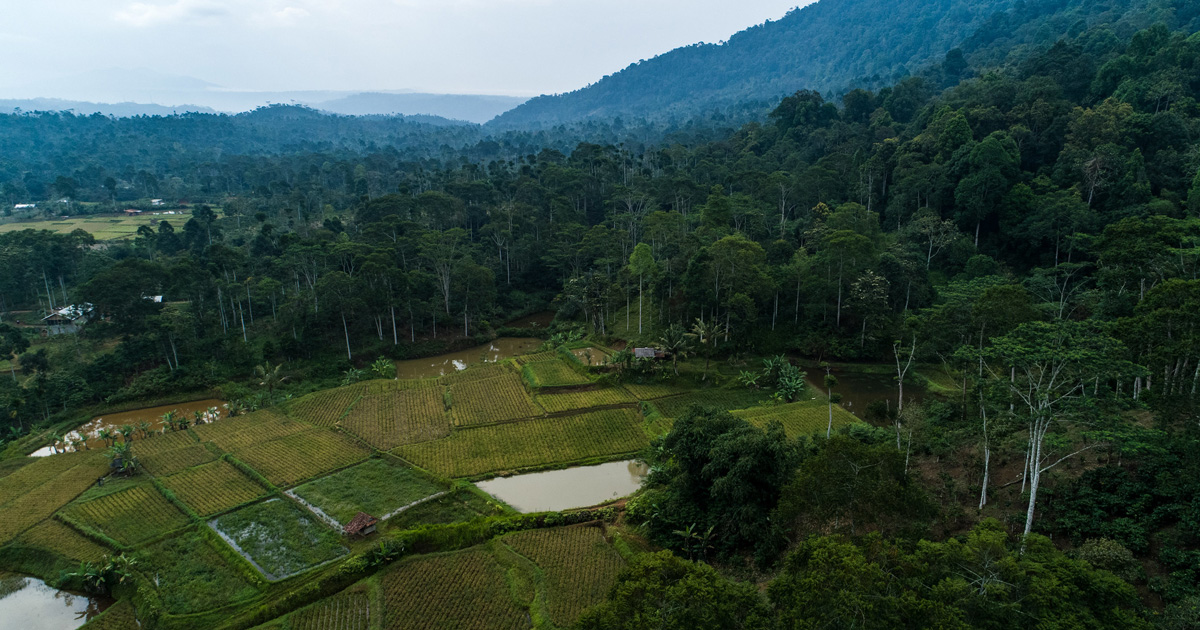Given that crop yield in smallholder farms is influenced by rainfall and soil variability, farmers have designed strategies to address water deficit and enhance productivity, including adopting agroforestry. However, there is insufficient evidence demonstrating the combined effect of rainfall variability, soil heterogeneity and agroforestry treatment on maize productivity in semi-arid Kenya. We evaluated performance of agroforestry trees (Vachellia seyal, V. xanthophloea, Cordia africana, Faidherbia albida and Grevillea robusta) in monoculture and mixed-species treatments in a long-term experiment in Kiambu, Kenya, and their influence on maize intercrop. The trial was laid out in Randomized Complete Block Design having a mix of Cambisol and Vertisol soils. Tree growth and phenology was monitored monthly while maize yield assessed in four cropping seasons. Growth was higher in 2014 for all species compared to other years (P < .001). Cordia africana and F. albida in mixed stand and Cambisols exceeded those in monoculture and Vertisols (P < .001). Maize yield grown under C. africana and mixed-species during 2015/16 season was 54% and 44% higher than the control with corresponding canopy transmittance values of 18% and 24% respectively. Maize yield was highest in 2013/14 season (4.2 t ha−1) with rainfall distribution affecting productivity in 2014/15 season whereby 74% of rainfall was received in 1 month resulting in crop failure. These findings demonstrate the reality of climate (rainfall) variability, and the influence of soil properties heterogeneity while supporting call for mixed-species and encouraging efforts aimed at forecasting rainfall patterns as this affects farming operations.
DOI:
https://doi.org/10.1080/14728028.2019.1685410
Altmetric score:
Dimensions Citation Count:
























